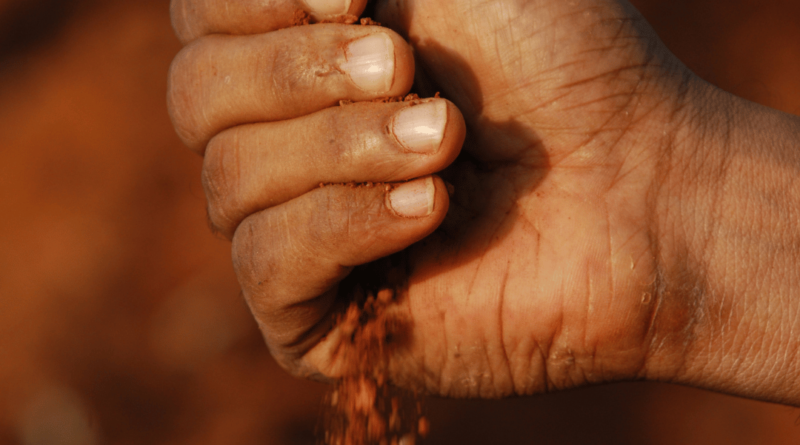How To Build Urban Soil Without Using Chemicals
Urban gardening and farming have become increasingly popular in Kenya in recent years, as more and more people are looking for ways to grow their own food in the city. However, one of the biggest challenges faced by urban gardeners is how to build healthy soil without using chemicals.
Step 1: Identify the existing soil conditions
The first step in building urban soil without chemicals is to identify the existing soil conditions. This includes determining the pH level, nutrient content, and organic matter content of the soil. This information can be gathered through soil testing, which can be done at a soil testing laboratory.
Step 2: Add organic matter
Once you have a good understanding of the existing soil conditions, the next step is to add organic matter to the soil. This can be done by incorporating compost, leaf mold, or well-rotted manure into the soil. These organic materials will help to improve the soil structure, increase the nutrient content, and promote healthy microbial activity in the soil.
Step 3: Incorporate cover crops
Another effective way to build urban soil without chemicals is to incorporate cover crops. Cover crops are plants that are grown specifically to improve the soil. They can help to add organic matter, suppress weeds, and improve soil structure. Some common cover crops that can be used include clover, alfalfa, and mustard.
Step 4: Use natural pest control methods
To avoid using chemicals for pest control, one can use natural pest control methods such as companion planting, using natural predators and traps, and using organic pesticides. Companion planting involves planting certain plants together that can help to repel pests while using natural predators and traps can help to control pests without the use of chemicals.
Step 5: Mulch the soil
Mulching the soil can also help to improve soil conditions and reduce the need for chemical fertilizers. Mulch is a layer of organic material that is placed on top of the soil. This can help to retain moisture in the soil, suppress weeds, and add organic matter to the soil over time.
By using natural and organic methods, you can improve the soil structure, increase the nutrient content and promote healthy microbial activity in the soil, which will in turn lead to healthy and productive plants.
Conclusion
By identifying the existing soil conditions, adding organic matter, incorporating cover crops, using natural pest control methods, and mulching the soil, urban gardeners and farmers can build healthy soil that is both productive and sustainable.

